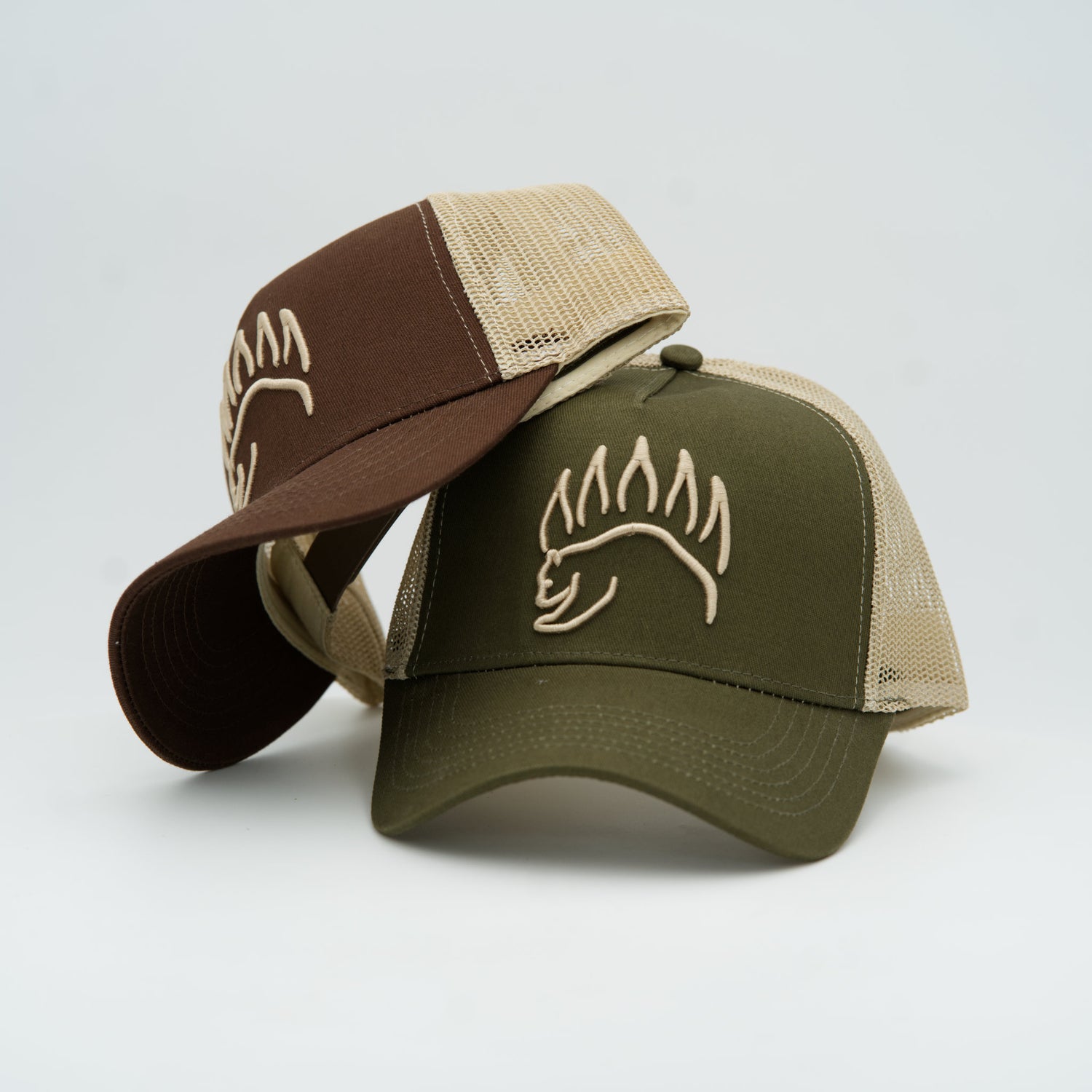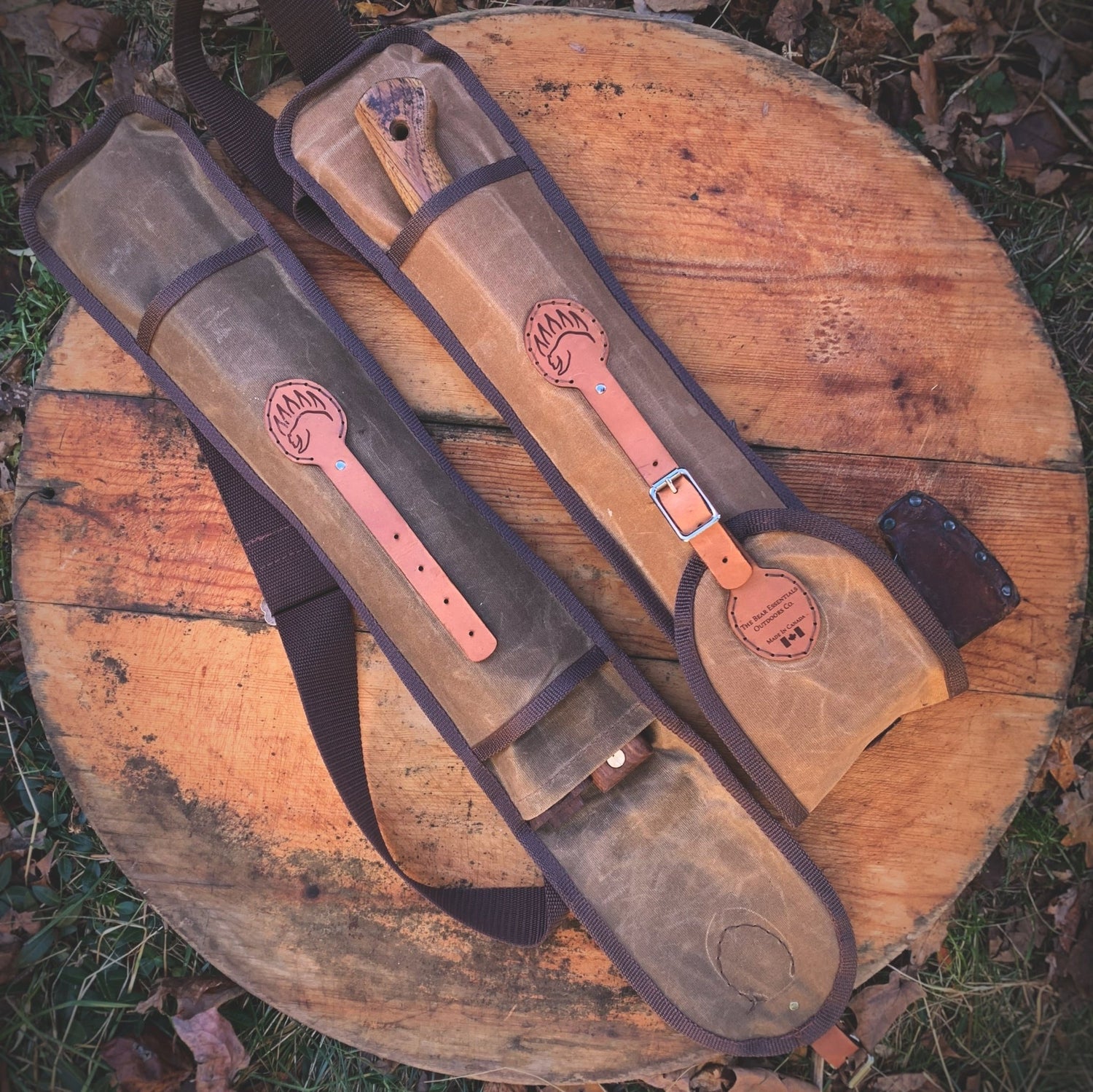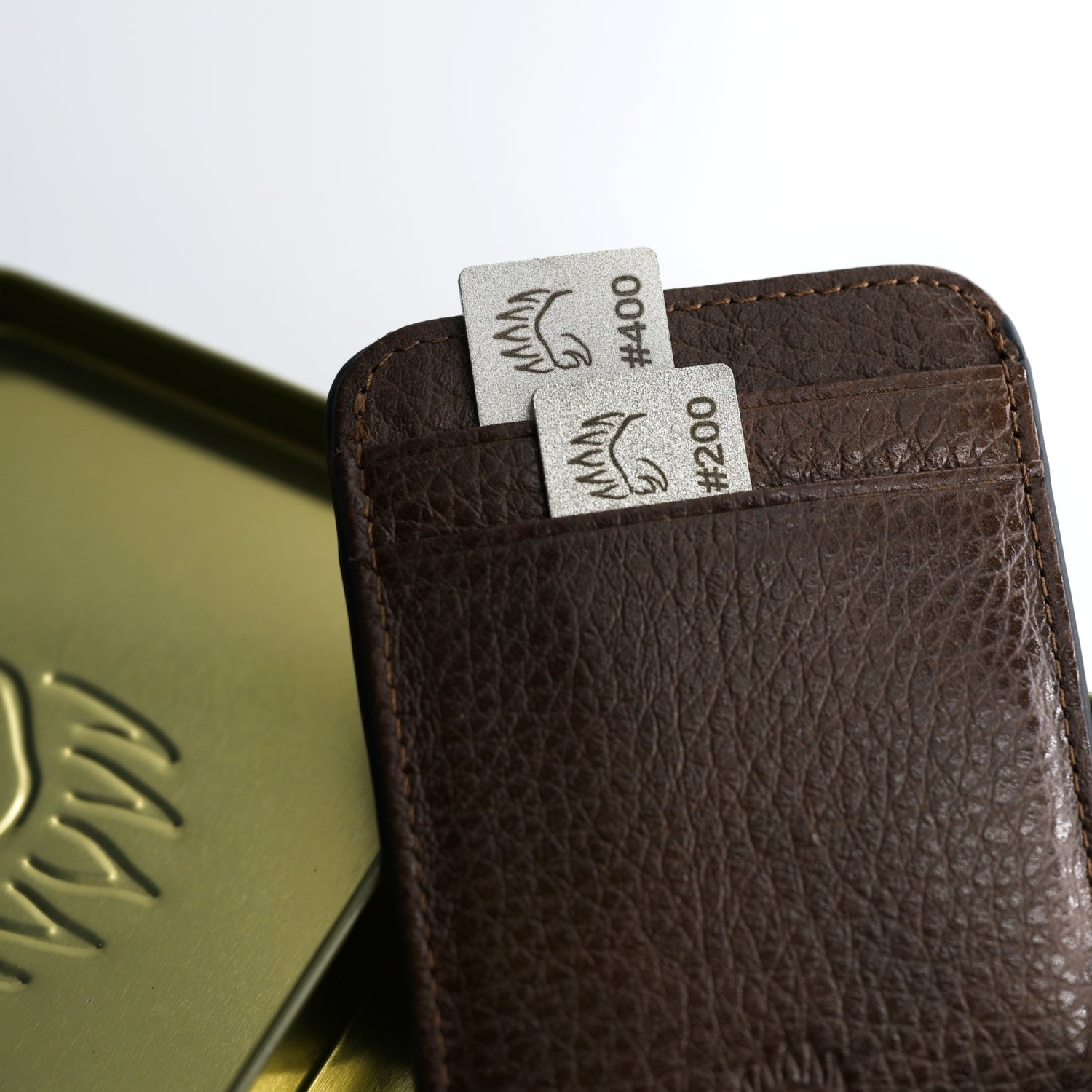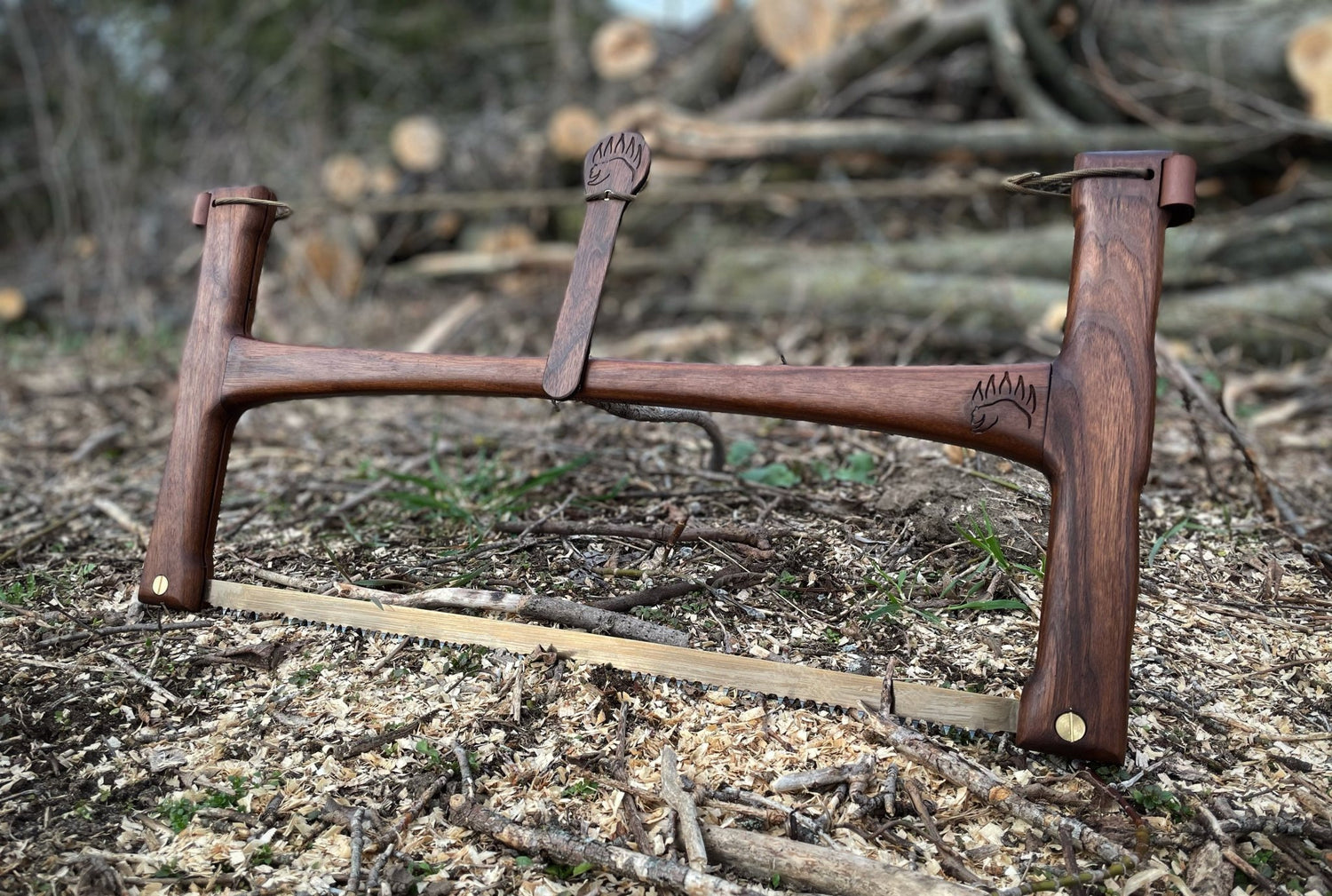If you’ve ever watched a video where someone showers sparks like a Roman candle and thought, “Why doesn’t my ferro rod fire starter do that?”, this is your fix.
After years of wet boots, numb fingers, and too many campfires that almost happened, here’s the truth: the rod matters—but the ferro rod striker and your technique matter more.
This guide keeps the hype on mute and focuses on what actually lights tinder in real weather, not just on a dry workbench.
You’ll get my complete setup, the techniques that work in the cold and rain, maintenance that keeps performance high, and a no-nonsense checklist for building the best fire starter system for your kit.
We’ll also talk about how to choose the best ferro rod, what size and handle make sense, and how to assemble a reliable fire starter kit that you won’t lose in the leaves.
Ferro Rods: What They Are And Why They’re Great
A ferrocerium rod is a synthetic alloy (iron + rare earth metals) that throws molten sparks around 3,000°C/5,400°F when scraped.
That heat can ignite fine, dry tinder even when the air is wet and cold.
That’s why a good ferro rod fire starter outperforms matches in wind and rain and doesn’t care if your lighter sulks in high altitude or cold.
But here’s the catch: those sparks only help if they’re big, hot, and aimed. That’s where the striker comes into play.
Why the Striker Wins Most of the Time
Basic Carbon-Steel Strikers
- They work, but often throw small, short-lived sparks.
-
In dry summer weather they’re fine. In cold/damp shoulder seasons, they’re inconsistent.
Tungsten-Carbide Strikers
- Tungsten carbide is extremely hard. Hard + sharp edges scrape thicker, hotter shavings, which ignite more violently.
- A longer carbide striker = more leverage = more pressure = bigger spark showers.
-
Bonus: the edge can touch up a knife/hatchet or even a fishhook in a pinch.
Knife with a 90° Spine
- If the spine is ground square (not rounded), it can outperform many “included” scrapers.
- Benefits: leverage, control, and you’re already carrying it.
-
Caveat: some factory knives round the spine for comfort—great for hands, bad for sparks. Re-square it carefully or use a carbide scraper.
Bottom line: a sharp, hard edge at an assertive angle produces larger molten curls off the rod. Bigger curls = more heat at the tinder.
Choosing the Best Ferro Rod Fire Starter
When people ask for the best ferro rod, I talk features—not brands.
Diameter & Length
-
Full-size workhorse: 3/8" (9.5 mm) × 4" (100 mm) or bigger.
- Pros: easier to hold, more sparks per strike, lasts years (thousands of strikes).
-
Best for teaching and for cold, gloved hands.
-
Pocket/ultralight: 1/4" × 2–3".
- Pros: packable, fits tins.
- Cons: less material per strike, easier to jostle your tinder.

“Hard” vs “Soft” Rod Feel
- Softer rods (more rare earth content) shave easily, produce luscious spark volume, and excel at the landmine technique (we’ll get there). They wear faster.
- Harder rods shower slightly fewer but very hot sparks and last longer.
-
If you’re new or work in damp climates, a slightly softer rod helps.
Handles (and Not Losing Your Rod)
- Fixed handles are comfy but limit flipping the rod as it wears.
- Simple wrapped handles—waxed hemp/jute cord—give grip and emergency tinder.
-
Add a fluorescent or reflective lanyard. At dusk, rods vanish into leaf litter; reflective cord pops under a headlamp. That one tweak saves fires.

Tinder: The Quiet Half of “Instant Fire”
Great sparks die on bad tinder. Your best fire starter is a pile of prepared fuel.
- Feather sticks: carve curls from dry inner wood (split a stick and work the heart).
- Birch bark: waterproof outer curls ignite beautifully (use responsibly).
- Jute/hemp fiber: fluff and dust; waxed cord becomes long-burning starter.
- Cotton pads with a smear of wax or petroleum jelly: tiny, hot candles.
- Fatwood shavings: resin-rich, almost rain-proof.
- Old-man’s beard/cattail: dry and fluffy equals instant flame—keep it protected from humidity.
Prep sizes: build fire like a pencil case—lead → pencil → marker → thumb. If your “lead” tier is sloppy, nothing above it will stay lit.
Four Ferro Rod Striker Techniques And When to Use Each
You’ll see these names reused online. Here’s the practical, field angle.
“Shooting Sparks”
- How: quick, aggressive stroke from top to bottom, sparks forward into the tinder.
- When it shines: warm/dry days with perfect fluff.
-
Risk: you can scatter your nest if you whack it.
How to make it work: anchor the rod right at the nest edge, short strokes, controlled wrist—don’t swing for the fences.
“Spark Shower”
- How: jam the rod tip inside the tinder bundle and scrape rapidly—machine-gun style.
- Why it works: throws volume + heat into the core, warming damp fibers to ignition.
- Risk: hands can bump the bundle; keep movements compact.
Pro tip: choke up on the striker, brace elbows to ribs, and keep strokes 1–2" long.
“Pullback”
- How: hold the striker still and pull the rod back. Sparks fly forward while your hand never smashes the nest.
- Best with: sharp carbide or a crisp 90° knife spine.
-
When to use: fine, dry tinder; delicate bird’s nests; windy days (better aim).
Cue to remember: striker is the goalpost; rod is the runner.

“Landmine”
- How: slowly shave a little pile of ferro curls directly onto your tinder (or a leaf). Then one decisive strike ignites the pile, which explodes heat into the nest.
- Shines in: cold, wet, or stubborn tinder situations.
-
Needs: a softer rod and sharp scraper to gather shavings.
Safety: keep your face back—tiny fireball, big eyebrows.
Starting a Fire in Ugly Weather: Step-by-Step Protocol
- Site & shield. Get out of the gusts—behind a log, rock, or your pack. Lay a bark slab or flat stick as a dry base.
- Tinder core. Use waxed jute, cotton pad, or birch curls as the inner core. Surround with pencil-lead twigs.
- Prep a top cover. Build a small teepee of pencil and pencil-thick sticks ready to drop over the flame—don’t scramble after ignition.
- Warm the nest. With the rod inside the core, use spark shower strokes to pre-heat. If it refuses, switch to landmine: shave a dime-sized pile of curls and pop it.
- Nurture, don’t smother. Once the core flames, place (don’t throw) the cover on. Add thumb-thick only when the sound changes from “sizzle” to “whoosh.”
-
Feed forward. Stage fuel by size to the windward side; let the fire pull air through the pile rather than stacking flat on top.

Control, Angle, Pressure: The Mechanics Nobody Explains
- Angle: 30–45° scraper angle bites best. Too shallow = scratches; too steep = gouges that miss the nest.
- Pressure: more leverage makes bigger curls. That’s why a long carbide scraper or a 90° knife spine is so effective.
- Start position: aim the last inch of the rod at your ignition point. Strokes should end where you want heat, not start there.
-
Gloves: in freezing rain, a thin liner glove maintains dexterity without tearing your nest to pieces.
Maintenance That Actually Changes Performance
- Ridges on the rod? Heavy use can leave washboards that make strokes grabby. Kiss them flat with a file; don’t reshape the whole rod.
- Striker edge: if your knife spine glazes over, re-square it lightly with a file or stone (carefully). Carbide strikers stay sharp longer—another reason I like them.
- Dry your kit. Rust on the scraper, corrosion on the rod—both reduce spark quality. Wipe gear after wet trips.
-
Replace cordage. Retire frayed lanyards; reflective cord pays for itself the first time you drop the rod at dusk.
Building the Best Fire Starter Kit
To rank, people love “the best” lists; to survive, you want the right list:
- Rod: full-size 3/8" × 4" (or larger) best ferro rod you can comfortably hold. Slightly soft mix if you fight damp conditions often.
- Striker: long tungsten-carbide scraper or knife with a crisp 90° spine. (I carry both; carbide stays on the lanyard.)
- Lanyard/Handle: reflective lanyard + waxed hemp or jute wrap on the rod for grip and emergency tinder.
- Tinder: waxed jute, a few fatwood slivers, and two cotton rounds (in a zip). Add a tiny tube of petroleum jelly or a tea-light.
- Platform: a credit-card-sized bark slab or thin cedar shim to lift tinder off wet ground.
- Wind help: a folded foil windscreen or your cook pot turned as a shield.
-
Backup spark: a small lighter lives here, too. Redundancy is realism.
Keep it in a bright pouch. A fire starter kit you can find in the dark is the best fire starter of all.
Spares, Redundancy, & Teaching
- Two rods, one striker beats one fancy rod and nothing else.
- Put a micro rod + mini scraper on your jacket zipper for “I only stepped out to pee” emergencies.
-
Teaching kids? Use full-size rods and the pullback method to prevent nest destruction. Count their strokes out loud—rhythm helps.
Troubleshooting Why It Didn’t Light
- Great sparks, no flame: tinder not processed fine enough. Fluff it more; add inner curls; introduce waxed fibers.
- Nest moves when you strike: switch to pullback, shorten the stroke, or pin the nest edge with the rod tip.
- Sparks look weak: striker edge is dull or angle is wrong. Re-square spine or swap to carbide; increase pressure.
-
Everything’s wet: split sticks to the dry heart, scrape fatwood for resin dust, go landmine first, then spark shower to sustain.
Safety: The Part That Saves Campsites and Fingers
- Clear the pad. Expose mineral soil or snow; move duff away from the work area.
- Body position. Kneel with both elbows braced; your hands come home the same distance every stroke—less chaos, fewer cuts.
-
Extinguish fully. Build the habit: water, stir, water. A good bushcrafter leaves no mystery heat.
The Best Ferro Rod Features That Actually Matter
Don’t drown in brands. Focus on:
- Size you can grip with gloves. If your fingers fight it, you won’t use it well.
- Slightly softer composition if you live wet/cold.
- Striker length (leverage) and edge hardness (carbide wins for longevity).
- Handle you can hold when shivering. Wrapped waxed hemp gives security and tinder.
- High-vis lanyard. If you drop it, you still own it.
Pair with tinder you prepped at home. Your best fire starter is a system, not a single object.
Field Drill: Practice This 90-Second Flame
- Base down (bark slab).
- Tinder core (waxed jute fluffed + birch curl).
- Pencil-lead twigs teepee staged overhead.
- Rod buried in core, spark shower 2–3 seconds.
- If no ignition, shave a landmine pile, one decisive pop, then shower immediately.
- Cover with pencil twigs, then pencil, then marker.
- Smile at the sound change.
Run this drill three nights in a row. Your confidence will double.

FAQs about Ferro Rod Fire Starters
Is a bigger rod always better?
Up to a point. A full-size rod gives control and longevity. Past that, returns taper while bulk grows. 3/8" × 4" is the practical sweet spot.
Can I just use my knife as a striker?
Yes—if the spine is a true 90°. If it’s rounded, use a carbide scraper. You can re-square some spines (carefully).
What about magnesium blocks?
Mag shavings burn hot but require time to scrape and can blow away. Great as a backup; I still carry a ferro rod for primary.
Why won’t my rod work in the rain?
It does—you’re fighting wet tinder, not the rod. Go to landmine + spark shower, use waxed fibers and fatwood dust, and keep wind off the nest.
Best place to keep the kit?
On your body, not just in your pack lid. If you lose the pack, you still have fire.
Wrap-Up: Small Edges, Big Fires
A ferro rod fire starter is simple. The details aren’t.
Choose a comfortable, slightly soft full-size rod, pair it with a sharp ferro rod striker (carbide or 90° spine), and build a fire starter kit around real tinder you’ve tested at home.
Use spark shower for heat, pullback for control, landmine for stubborn tinder, and keep your strokes short and deliberate.
Do those small things and you’ll stop “practicing fire” and start making it—on cold nights, in wet mornings, and on trips where a flame isn’t a party trick, it’s morale.
That’s the whole goal: reliable, repeatable fire, anywhere you choose to camp.




